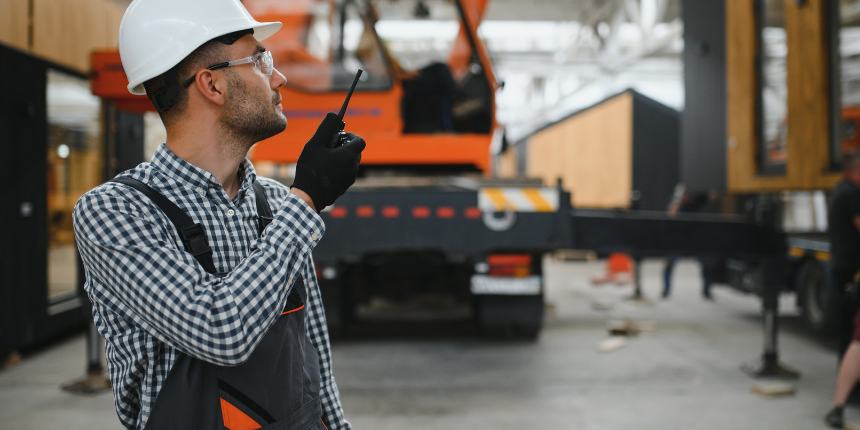As Ontario celebrates National Skilled Trades and Technology Week, one question stands out: What does the future of trades look like, and how can we create more accessible, sustainable, and rewarding pathways into these careers?
At SKARB Inc., we believe the answer lies in how we build. Off-site construction – including modular and prefabricated building systems – is not replacing trades; it’s reimagining them. By combining craftsmanship with technology and moving construction into controlled environments, we’re opening doors to more opportunities, greater stability, and a stronger workforce.
Ontario is facing the largest labour shortage in a generation. To achieve provincial infrastructure goals, including building at least 1.5 million homes by 2031, the province needs 100,000 more skilled workers over the next decade. At the same time, nearly one-in-five construction workers will retire by 2030, leaving tens of thousands of positions to fill.
This gap presents both a challenge and an opportunity; a chance to rethink how we train, attract, and retain the next generation of builders. It also calls for a broader view of what constitutes the skilled trades. Traditionally defined by roles like electricians, carpenters, and plumbers, the sector is evolving. Modular and factory-built construction introduces new, highly technical positions, including assemblers, technicians, and logistics specialists, that expand the talent pipeline and open the door to a more diverse workforce.
Canada’s prefab sector already employs over 100,000 workers and generates $88.9 billion annually. Ontario, home to a high concentration of these companies, including SKARB Inc., is at the forefront of this growth. With a strong industrial base and rapidly growing workforce in the modular sector, Ontario is moving in the right direction when it comes to accelerating housing delivery using innovative construction methods.
Despite demand, entering the trades isn’t always straightforward. Apprenticeship pathways vary, training and licensing differ by trade and region, and many programs require an employer sponsor – a challenge for newcomers or those in smaller communities. And while there are federal and provincial programs that encourage youth to enter trades, enrollment and completion rates remain below industry demand.
Offsite construction addresses some of these challenges. Centralizing the building process in controlled environments creates predictable schedules, consistent mentorship, and safer working conditions. This makes trades careers more accessible and appealing to a wider range of people. This model not only helps bring more people into the trades, but it also helps keep them there. With year-round work, less exposure to weather disruptions, and clearer career pathways, off-site facilities make it easier to build sustainable careers in skilled trades.
The impact extends far beyond individual workers. By modernizing how and where we build, off-site construction strengthens the entire labour ecosystem, helping close the skilled trades gap while boosting economic productivity. Streamlined processes mean faster project delivery, fewer delays, and more efficient use of labour. This directly advances Ontario’s housing goals, enabling communities to meet urgent demand for new homes and infrastructure.
As the housing construction industry evolves, it is important to remember that technology will not replace skilled workers. Instead, it creates opportunities for a new range of roles, welcoming individuals with backgrounds in advanced manufacturing, engineering and other technical fields into the trades.
By combining human expertise with these innovative building methods, the construction sector is redefining what it means to work in the trades. This partnership reflects the essence of National Skilled Trades and Technology Week: hands-on skills combined with innovation. Off-site construction doesn’t just speed up projects; it creates sustainable, high-quality jobs and broadens the definition of trades to include manufacturing excellence alongside traditional construction skills.
As we celebrate National Skilled Trades and Technology Week, we honour the people behind every panel, every assembly, and every structure. Their skill and dedication are the foundation of Ontario’s future, and through innovation and collaboration, that future has never looked brighter.





